 41 Nepal ideas | baby calendar, chinese baby calendar, gender predictor
41 Nepal ideas | baby calendar, chinese baby calendar, gender predictorLog in using your username and password Main menu Log in using your username and password You are hereArticle Text Summary Objectives Quantify sexual relations at birth (SRB) in hospital deliveries in Nepal, and understand the sociodemographic correlates of the Refugee Board. SRBs in hospitals can be explained by selective sex abortions and/or by decision to have a child delivered to a hospital, increasing in uterus investments for male foetus. We use ultrasound data to quantify the links between prenatal knowledge of sex, parity and worn-out SRBs. Design Secondary analysis of: (1) deidentified data from a randomized controlled trial, and (2) Demographic and Health Survey of Nepal 2011 (NDHS). Establishment of Nepal.Participants (1) 75 428 women who gave birth in study hospitals, (2) NDHS: 12 674 women aged 15-49. The results measures of the Board and the conditional SRB of a second child given male or firstborn woman were calculated. Results Using data from 75 428 women who gave birth to six tertiary hospitals in Nepal between September 2015 and March 2017, we reported on the SRBs in these hospitals, with some hospitals that record births of 121 male births for 100 female births. We find that a national representative survey (2011 NDHS) does not reveal any difference in the number of hospital births of male and female babies. In addition, we find that: (1) the estimated SRB of second-order conditional births on the first being a child is significantly higher than the biological SRB in our study and (2) multi-part women are more likely to have prenatal knowledge of the sex of their fetus and have male births than women primitive with the differences that increase with the increase in levels of education. Conclusions Our analysis supports sex-selective abortion as the dominant cause of the Skewed SRBs in study hospitals. It is urgent that comprehensive national policies that not only plan and implement gender-based abortion standards, but also improve the marginal status of women in Nepal change this alarming manifestation of preference for children. Number of trials . This is an open access article distributed in accordance with the Creative Commons Attribution Non-Commercial (CC BY-NC 4.0), which allows others to distribute, remix, adapt, build on this non-commercial work, and license their derivative works in different terms, provided that the original work is correctly cited, appropriate credit is given, any change indicated, and use is not commercial. See: .Altmetric.com Statisticians Strength and Limitations of This Study This is the first article that explicitly quantifies the associations between access to ultrasounds and arched sexual relations at birth (SRB). One force of the study is that the analysis presented is based on a large sample, the primary sample is about 20% of all births in Nepal that occurred during the study period. However, a limitation might be that this primary sample is not representative at the population level, as it is derived from a hospital study. The study is in line with possible socio-economic and variable time confusers and presents the adjusted MBs for age, ethnicity, region, fixed hospital effects and fixed monthly effects. Another potential limitation is that the woman's report on the history of abortion, which is a mediating variable reported, could suffer from the complaint of prejudice. BackgroundSex relations at birth (SRB), i.e. the number of male births per 100 female births, have long been shown to be observed in China, South Korea, some states in India and in some other countries in East and South Asia and North Africa, but evidence indicates that since the 1990s, biased sexual relations are emerging in other Asian countries such as Pakistan and Vietnam. The biologically normal MB varies from 102 to 107 men per 100 women to 105 as the most common figure, but in India, the national MB is 109 compared to 120 in China, indicating that there are much more boys than girls in these two countries, especially in China. As ultrasound technology has become more widely available in Asia, sexual intercourse has become more marked. When societies with strong preference for children go to low fertility, the desire to have male offspring becomes more acute and access to this technology can facilitate their realization. Couples can use ultrasounds and other prenatal diagnostic tests for sex-selective abortion, although only about 11%–27% of all ultrasound users in the states of India were using ultrasound for sex-selective abortion between 1998 and 1999 when ultrasound was first available. Given the trajectory of increasing sex with time in Asia, it is possible that the ultrasound misuse of sex-selective abortion has increased, as well as social pressure for children has intensified with the reduction of family size. Bhat and Zavier found that the richest and most educated women in India had greater access to technology such as ultrasound, but ultrasound misuse for sex-selective abortion was more associated with the region and the sexual composition of children already born. Another study that examined the birth patterns of Indian migrants to Canada also found a sexual relationship of higher births if mothers only had girls, and furthermore, SRBs were associated with the history of induced abortions. In Nepal, preference for children has been documented, but it has been mainly manifested in the contraceptive use of women and in the preferential care of male children, including higher quality food and better medical care, in line with the 'femineglect' in health and education seen elsewhere in Asia. As a result, older studies showed an increase in under-five mortality compared to that of boys in Nepal due to preferential treatment and medical care for children, but did not demonstrate the results obtained. More recent studies have shown that conditional sexual relations, the sex ratio for older children when the first-born child was female, became biased after the abortion law was liberalized in 2002. Although sex-selective abortion and sex-selective sex tests are illegal in Nepal, punishable by 3-month to 6-month prison sentences, evidence indicates that this occurs. Abortion providers report difficulties in determining whether families are seeking sex-selected abortions and fear that women resort to unsafe abortions if they are under pressure to carry children but cannot access safe abortion services. A comparison of two districts in Nepal found that many conditions led to a larger BSR in one district compared to the other, including increased access to ultrasounds due to more facilities offering diagnostic services and greater purchasing power, less enforcement of the law prohibiting selective abortion by sex, the desire for fewer children and fewer community programmes on gender equity. This is the first document that shows highly marked sexual intercourse by births of facilities in Nepal and explicitly quantifies partnerships between access to ultrasounds and representative staff bodies. In general, women attending the study facilities have access to high-quality care, including access to ultrasound technology, available in most of the study hospitals. The ultrasound can act in the SRBs in these hospitals through two pathways: (1) selective abortions by sex or (2) increased investment in childbirth for male babies. The present study analyses possible pathways leading to a high sexual relationship in the largest hospitals in Nepal, comparing estimates of the hospital sample with high access to ultrasound services to population-based estimates of the 2011 Demographic and Health Survey. The main objective is, therefore, to examine whether the Scottish SRB prevails over hospital births compared to all births in a national representative survey of households and primary pathways leading to such a result. Data and Methods A study design We evaluate the SRB by geographical divisions and sociodemographic characteristics of women using data from a multisite study based on postpartum women's facilities in six of Nepal's largest hospitals and a national population representation study (Nepal Demographic and Health Survey [NDHS]). Data In 2011, NDHS included 12 674 single women between 15 and 49 years, and the sample for analysis included 4 047 births in the 5 years prior to the survey. Longitudinal data come from a hospital survey conducted as part of an evaluation of postpartum contraceptive services in six hospitals in Nepal. The six hospital centres were: the Bharatpur Regional Hospital, the Koirala Institute of Health Sciences (BPKIHS), the Koshi Zonal Hospital, the Lumbini Area Hospital, the West Regional Hospital and the Bheri Zonal Hospital. These sites cover the entire road from the mid-west development zone to the eastern development zone; two hospitals are in the mountainous region and four in the Terai. There are also some differences in ethnic groups treated by these hospitals (online )—27% of women who gave birth at the Koshi Zonal Hospital are called "innocuable" (Dalits) versus only 9% in BPKIHS; 48% of women served by BPKIHS are indigenous groups (Janajaatis) versus 25% in Bheri Zonal. Supplementary file 1Women enrolled in the study for a period of 18 months and completed a brief questionnaire after delivery before they were discharged from the hospital. A sample of those enrolled in the study for follow-up questionnaires was also addressed at 9 months and 18 months after delivery. The inclusion criteria are that women have had a live birth, have been delivered to one of the six study hospitals and reside in Nepal. A detailed study protocol has been published. Of a total of 75 897 women eligible for the study in the enrollment period (September 2015-March 2017), 75 587 (99.6%) were interviewed, and interviews were conducted before the hospital was discharged after delivery. The full sample used in this study constitutes 75 428 women who consent to answer questions concerning variables analyzed in this document. The 9-month survey collects information not available at NDHS 2011, including a detailed assessment of the use of ultrasound during recent pregnancy and previous pregnancies. The 9-month survey also includes the sexual composition of all children born, and conditional sexual relations for second-born children, given the sex of the first-born child, will be calculated and compared to our 2011 NDHS estimates. This 9-month follow-up sample includes 14 015 women, with a follow-up rate of 57.4%. MethodsSex relations were calculated for all births by dividing the total number of children born by the total number of girls born and multiplying by 100. Conditional sexual relations were calculated for second-order births. Conditional sexual intercourse assesses the proportion of second-order boys to second-order girls, given the sex of the first child. Conditional sexual intercourse is often used to provide sex-selective abortion tests, as women who wish or are pressured to have a child are likely to take action in parity two, especially in the context of family size reduction. A proportion of sex or conditional sex of more than 100 shows more children born compared to girls, and a proportion of sex of less than 100 shows more girls born compared to boys, while the biological ratio is estimated at 105 male to female births. The claim of skewed SRB is made when the SRB calculated is statistically different from the biological SRB. Linear regression models are used with fixed hospital effects and month to estimate the association between the sociodemographic characteristics of women and male birth. Control of the fixed effects of the hospital and the month for any specific hospital change or the specific time of the non-intervention results, including any possible impact of the April 2015 earthquakes in Nepal. The equation (1) represents the multivariate model, where we interact with the education and parity of women to understand any multiplier effect of these two variables in the male preference by woman i, hospital h and month t. We also control the region, the ethnicity, the age of women, the history of abortion , fixed hospital effects and fixed monthly effects. (1) The results of women visiting the same hospitals are likely to be interrelated. For example, social norms on the size of the family and the preference of children could be located in a geographical area. Therefore, inference must be corrected for this possible correlation in each hospital group. Since we only have six hospitals or six groups in our study, the standard robust cluster variance calculator can rule out the null hypothesis. We use the wild cluster startup method with six-point start weight distribution to estimate the statistical importance of effect size for all regression models. We use questions raised in our 9-month follow-up on a subset of randomly selected women (between women who lived within 24 hours of hospital travel time) at the time of enrolment to understand any link between the prevalence of ultrasound, knowing the sex of the child before birth and the male child born in the study hospital. Similar to model 1, equations 2 and 3 below are the models that we use to understand whether any of the sociodemographic characteristics of women are linked to the ultrasound performed during the prenatal period of the current birth and whether the mother informs about the sex of the child before birth. (2) (3) We then estimate the SRBs in the education group of mothers, parity and prenatal knowledge of sex, followed by a descriptive chart of conditional SRBs in our study sample and the NDHS sample. Finally, we carried out a linear regression using NDHS data to understand whether children born in the last five years were more likely to be delivered to hospitals, adjusting the sociodemographic characteristics of women (decision 4). This gradual method adds each of the potentially relevant socio-economic variables, such as women's education, parity, age and family wealth. the model, in addition to male children as explanatory variables, allows us to identify any model in which male births are significantly related to hospital births. We could potentially affirm the dominance of female feticide as the primary season behind skewed SRBs if we do not find a significant relationship between hospital births and male births in these models. (4) Patient and public participation Patients and the public were not directly involved in the development of research questions, results measures or the design of the study. The respondents are women who deliver in the study hospitals and give their consent to participate in the study. The issue of research was informed by available data on the situation of women in the country and in the region, and the results are being incorporated into a state of early preparation of Nepal ' s national strategy to prevent the selection of gender biased sexes. Results shows the SRB in the six study hospitals. The biological ratio is 105, and according to the 2011 Nepal census, the Nepalese SRB is 107. The proportion of births in study hospitals is considerably higher than the biological ratio or the national average. We observe the largest SRB at Western Regional and Bharatpur Hospital, with the proportion of 121 and 120 male births per 100 female births, respectively. SRB in our global sample is also significantly higher than the national average of 107; we find that 117 male births took place in the study hospitals for every 100 female births. Sexual relationship at birth in the study hospitals. , data column 1 presents association between sociodemographic factors with male births in our study hospitals based on model 1. Descriptive statistics for the variables used in this regression are tabulated online. We find that higher births are more likely to be male, and a secondary schooling mother who has her third (or higher order) child is 18 more likely percentage points to deliver a male child compared to a woman who has just given birth to her first child. Chhetri women are more likely to have male children compared to Janajaatis. There is a significant effect of interaction of parent parity and education by predicting male birth. In addition, male birth is not associated with the mother's history of induced abortion. Association of sociodemographic factors with male births, ultrasound during prenatal care (ANC) and knowledge of the current child's sex before birth in study hospitals An estimate of interest is the SRB for education and parity, adjusted for other covariates as shown in equation 1. shows the SRB through the education and parity of women predicted of this model. Predicted SRB for women with at least secondary schooling who are giving birth for the first time is 105 male births/100 female births. However, this estimate is drastically made with increasing parity. It is estimated that SRB for women with at least three or more secondary education is estimated at 224 male births per 100 female births. Predefined sex ratio at birth in women ' s education and parity. As mentioned above, there could be two paths through which deliveries in these large tertiary hospitals are affected by sex. One could be sex-selective abortion, which will reduce the proportion of male births to female births. The other is the path of selective investment, where families with prior knowledge of the sex of their fetus place a higher value in the health and delivery of the male fetus than the female, and therefore selectively choose to travel to a hospital to deliver a male child. We now present 9-month follow-up analysis to illustrate correlations of access and use of ultrasound and knowledge of women of the fetus sex before birth. Column 3 presents ultrasound correlations made during the prenatal period of the current birth, controlling the fixed effects of hospital and month. Older women are more likely to be ultrasound during the prenatal period of their current child, and the prevalence of ultrasound is higher among educated women compared to women without schooling. Compared to the ethnic group Janajaati, Hill Brahmins and Chhetris are more and Madhesis and Dalits are less likely to have performed ultrasounds. Women who report the history of abortion are more likely to have performed ultrasounds because of their current birth. As discussed above, providing or conducting gender determination tests is illegal in Nepal. However, we find that 13 per cent of women in our follow-up report know the sex of their child before birth. Like correlations of male births, women who report the sex of their fetus before birth also correlate with the education and parity of women with significant interactions between these covariates ( Column 5). Throughout the education gradient, it is estimated that 35 per cent of women with at least secondary education in parity three or more report on the sex of their children before birth compared to 18 per cent of women without schooling in the same category of parity (). Throughout the gradient of parity, among women with at least secondary education, early women are 25 percentage points less likely to report that they know their child's sex before birth. Predated knowledge of the sex of the current child before birth in the education and parity of women. Estimated BSRs are significantly different from women reporting on the knowledge of the sex of the current child before birth. It illustrates the SRB for women in parity, educational groups and knowledge of fetus sex. In a coherent manner in all categories, we find that women who report that they know the sex of the fetus are more likely to give birth to a male child than a girl. For example, women who reported knowledge about the sex of the fetus, with parity three or more having at least secondary education, had 6.4 times more boys than girls. Sexual intercourse at birth between education, parity and knowledge of the sex of the child before birth. To further understand the interaction between parity and education, we subselect women who have their second child and estimate conditional SRB in women's educational groups by distinguishing between those who report that they have a living child from their first birth to those who do not do so (whether the firstborn was a daughter, or was a son who has passed away) (). We find that the sex of the second birth is not significantly different from the biological MB if women already have a living child, but women with any education tend to have a significantly greater number of children at their second birth if they do not have a living child. It is estimated that women with any schooling have 1.7 times more children than daughters in our study hospital at their second birth if they do not have a living child. Sexual relationship at birth (SRB) of second order of birth in the education of women and the living male. The estimates shown in the analyses shown so far are based on surveys for which the enrolment was performed in the study hospitals, and the sample includes only women who decided to give birth in those hospitals. In the analysis below, we compare our results with conditional SRB estimates of the hospital sample to the 2011 NDHS data of national representation. First of all, we compare the SRB of second order births for those without male brothers through study data and NDHS (). Similar to the estimates of the hospital sample, we find that the NDHS estimates of the SRB of second order births conditioned to not having a living male brother is significantly higher than the biological SRB, to 150 male births per 100 female births. Second-birth conditional SRB without male brother, comparison between the hospital sample (study) and the DHS of Nepal in educational groups. DHS, Demographic and Health Survey. In , we illustrate any differential in sexual relation of all births versus second-order births to have an older sister, in analysis similar to Frost et al. using nationally representative NDHS data. Compared to all births in the last 3 years, the sexual relationship of second-order births with an older brother is higher in 13 points: the second-order SRB that does not have a living male brother is 132. Mothers with at least secondary education are more likely to have a child in the second birth conditioned on not having a living child, on average, women with at least secondary education have 107 children to 100 girls, but if they have a child as a firstborn or if their firstborn child has passed away, they are 1.5 times more likely to have a child instead of a child for their second child. Differences in the first birth and second conditional birth are also maintained through the quintile levels of wealth in the NDHS 2011, although differences are not statistically significant probably due to the small sample size of the RB conditional estimates. Sexual relationship at birth (SRB) through sociodemographic characteristics of all births in the last 3 years and second-order births to have an older sister. We tabulate the results of gradual regression by associating male babies and hospital births by adjusting for the sociodemographic characteristics of the mother in . We find that children are no more likely to be delivered to hospitals compared to girls. As the corresponding data columns show, the link between hospital births and the sex of the child is not significant at the different levels of gradual regression. Association between hospital-based delivery and male births in NDHS, stepwise regression Debate Our analysis shows evidence of the sexual relationship of births in six major public hospitals in Nepal. According to literature on the determinants of child preference and sex-selective abortion, it is shown that male birth in study hospitals is correlated with births of higher parity and higher education of mothers. Using NDHS, we also find that male babies are no more likely to be delivered to hospitals than in female babies, adjusting the sociodemographic characteristics of the mother, suggesting selective sex abortion as the main reason behind SRBs. We find that women and women with greater parity are more likely to use gender determination tests for the child. Similar to Frost et al, we show that gender imbalance is greater in second-order births compared to all births in our study sample, and these differences are greater in women and women more educated in richer households. With a growing preference for the size of the smallest family and the persistent preference for children, households have the pressure to balance their children's sex while having a small family size. In accordance with the Indian literature discussed in the background section, women with more resources and more knowledge have greater access to ultrasound technologies, but the scope of use of these technologies for sex-selective abortion depends on the sexual composition of their children who were already born. We have not found that male birth is significantly correlated with the history of mother abortion. This could be interpreted in two ways. If the abortion report is accurate, the sexual relationship assisted in hospital births could be attributed to the additional investment path, which is that the knowledge of the fetus sex led the family by handing over the male fetus in the hospital. However, abortion is often not reported in which case the male birth may be related to the true, but unknown, history of abortion. In this case, the first track of female feticide is a probable explanation for the roasted SRB. Families and women who have been subjected to sex-selective abortions may have a different chance of reporting that they have no history of induced abortion, in which case the estimation of the history of abortion in male childbirth will be an underestimation. An important limitation of this study is the possible bias in reporting on key mediation parameters. Women are likely to have an induced abortion experience that could be an important explanatory link to understand the results of staff representative bodies. Furthermore, while 13 per cent of women in the survey reported that the sex of the child despite the illegal sex determination examinations in Nepal, women who were aware of the illegal nature of the examinations could have opted not to report that they had conducted utero sex determination tests for their current birth. Therefore, the knowledge of the sex of the current birth before delivery could also be unreported. Another potential limitation of the study is that there is considerable loss in monitoring the sample that questions about prenatal sexual knowledge are derived from. However, the comparison of the covariates between the full sample and the follow-up sample (online) shows that women in the two samples have approximately the same age distribution, educational levels, parity, male births and history of induced abortions. Our hospital study focuses on women who gave birth to health centers in Nepal, and this sample is selective and may not be representative of all births at the national level, as 57% of all live births in five years prior to DHS 2016 took place in a health center. In addition, 81% of women in our hospital sample had at least secondary education, while only 48% of women in the 2011 DHS sample had at least secondary education, women in our sample are more educated, younger and have fewer children than women in the nationally representative NDHS. This phenomenon of BSR could be traced to younger and educated mothers, which would be similar to the results of other countries reporting the results of BSR. Although from a selected sample, we contribute to literature by reporting on SRB in Nepal through sociodemographic characteristics, using a large sample representing about 20% of all births in Nepal during the study period. We find that women ' s education, which is a proxy variable to measure access to health services (mainly knowledge), and parity are important correlations of male births and gender determination examination reports. Although it includes only hospital births, this striking phenomenon covers 20% of all births in Nepal during the year and half of the study period; the sample size also increases the importance and validity of our results. Compared to conditional SRBs in the nationally representative NDHS and in the hospital sample, we find that the SRB for all births (not only hospital births) was significantly higher for second-order births if the first-order birth was a girl, suggesting the sex-selective abortion pathway. Additional findings on: (1) women reporting gender knowledge of the fetus and SRBs significantly differential in all socio-economic groups and (2) no correlation of male births with facility deliveries using the nationally representative sample plus support for the abortion path by sex choice. The Trivers-Willard effect would be consistent with more educated and rich women who have more children as they are generally in better health conditions. However, , which illustrates the SRBs for births of second order differentially between those who have male brothers and no male brother suggests that the sociological preference of the child remains overwhelmingly the main reason of the SRBs sculpted among educated women, the conditional SRB of second order births with male siblings among women at least secondary is 105, compared to 176 for those who do not have male siblings. Nepal has experienced a rapid decline in actual and desired fertility rates over the past 40 years. However, the reduction of desired fertility exists in a society with persistent preferences for a child, due to cultural and religious norms and economic rationality. Apart from religious norms such as children who are necessary to perform rituals of death in Hinduism, parents have an economic incentive to have children in an environment where: (1) strong subsidiaries (social and financial) bonds exist between parents and children, (2) women cannot realize their full potential for economic gain and (3) daughters are considered "pertained" to another family after marriage. The marginalised status of women, coupled with increasing access to sex-selection technology and lack or weak enforcement of the law is further skewing SRBs in Nepal. Staff representative bodies are not immutable as South Korea demonstrates. SRBs in South Korea increased from 109 in 1985 to 115 in 1994, but then descended to 105 in 2016. The most remarkable is the figures of SRB 2016 by birth order—104 for births of first order, 105 for the second and 107 for births (less) of third order or higher. This transition to balance among staff representative bodies has been achieved through a combination of factors that have led to the rise in the status and empowerment of women. Increased opportunities for higher education and better employment contribute to women ' s autonomy, along with laws and policies that address women ' s rights. The law that recognizes women ' s inheritance and other rights within their family of births after marriage contributes to redressing the traditional gender imbalance in Korea. Media campaigns such as 'Love your daughters' and other measures such as strict enforcement of laws prohibiting the misuse of sex-determining technology, increased exposure to the media, weakening traditional patriotic norms with increased urbanization and industrialization and the expansion of nuclear families contributed to reducing BSR to the normal biological level of the country. As the experience of South Korea demonstrates, it is possible to reduce SBV to the normal level through systematic and multi-pronged efforts. Bongaarts and Guilmoto predict that the preference for children and gender discrimination faced by women since before birth that continues throughout their lives has been manifested as three million deaths of women over every year globally or 150 million women disappeared by 2035. Our findings highlight the marginalized situation of women in Nepal and underline the urgent need to investigate and implement policies that reduce the preference of children and ultimately mitigated sexual relations. National strategies are needed to prevent misuse of ultrasound services and the selection of gender-based impartial sexes that do not hinder women ' s access to safe abortion services. The most important thing is that comprehensive interventions are needed with a combination of laws, policies and advocacy campaigns aimed at improving women ' s status and eliminating gender-based discrimination in order to strike a balance between the outcomes of health work and survival and the quality of life that followed. Acknowledgements The analysis in this study is made possible with the time and effort of women in the PPIUD project who participated in the research study on a day after birth. The authors wish to thank these women and the thousands of women who took their time to participate in the 2011 Nepal Demographic and Health Survey. We would also like to recognize the courageous effort of thousands of programme enumerators and staff in the DHS and PPIUD project. We thank the Nepalese Society of Obstetricians and Gynaecologists and the International Federation of Obstetricians and Gynaecologists for the implementation of the intervention in the study of parents on which the document is based. ReferencesFootnotesThe EPr and EPe collaborators analyzed the data and wrote the first draft of the manuscript. The MP is the main investigator of the father study. All authors contributed to the development or revision of the study instrument or revised the manuscript and provided scientific monitoring. EPr, EPe, MP and IS read, edited and approved the final manuscript. Funding This study was funded by a scholarship to Harvard T.H. Chan School of Public Health of the Susan Thompson Buffett Foundation. Disclaimer The conclusions, interpretations and conclusions expressed in this document are entirely those of the authors. They do not necessarily represent the views of the organizations concerned. The source of funding had no role in the design, application, data collection, analysis and interpretation of the results or in the dissemination of the findings. Competing interests None declared. Provenance and peer review It has not been commissioned; it has been externally examined among counterparts. Data sharing statement Data availability and materials: DHS data are available on the DHS website. A sample of data from the parent longitudinal study will be made available for the replication study on request. The entire dataset will be made public at the end of the study. All requests for data should be sent to the Coordinator of the Laura Campagna Program in .Notication of corruption Since this document was first published online, typographic errors have been modified in the text that was generated due to a software error. Consent of the patient for publication It is not necessary. Request for permissions If you wish to reuse any or all of this article, please use the link below that will take you to the RightsLink Service of the Copyright Settlement Center. You will be able to get a quick price and instant permission to reuse the content in many different ways. Copyright Information: Read the full text or download the PDF: Sign in with your username and passwordOnline: ISSN 2044-6055Print: ISSN 2044-6055 Copyright © 2021 BMJ Publishing Group Ltd. All rights reserved. 4.00ICP sponsors15042040 forwarded-3
NepalCollection for म Col s s sченные неные ненноенннннннныхалиные latitude eternal Alum Pieceá all tus defects Vastu, all म s exactamente exactamente exactamente exactamente exactamente exactamente exactamente exactamente ा ा ा ा ा ा ा ा ा ा ा ा ा ा ा ा ा ा ा ा ा ा ा ा ा ा ा ा ा ा ा ा ा ा ा ा ा ा ा ा ा ा ा ा ा ा ा ा ा ा exactamente exactamente exactamente ा exactamente exactamente exactamente exactamente exactamente exactamente exactamente exactamente exactamente exactamente exactamente exactamente exactamente exactamente exactamente exactamente exactamente s exactamente exactamente exactamente exactamente exactamente exactamente exactamente exactamente exactamente SilenceThe one that adapts to the body of a doctor is called 'alum'. It's red and white in two guys. The student is a type of... Chinese Gender Predictor 2019 - Baby Calendar (Updated)Do you want to conceive a child or a girl in 2019? Use this Chinese Gender Predictor and Pregnancy Calendar to determine your baby's sex. First, you should ...Chino Gender Predictor 2019 - Baby Calendar (updated)Do you want to conceive a child or a girl in 2019? Use this Chinese Gender Predictor and Pregnancy Calendar to determine your baby's sex. First, you should ...Chino Gender Predictor 2019 - Baby Calendar (updated)Do you want to conceive a child or a girl in 2019? Use this Chinese Gender Predictor and Pregnancy Calendar to determine your baby's sex. You should... drive me. Chinese Gender Predictor 2019 - Baby Calendar (Updated)Do you want to conceive a child or a girl in 2019? Use this Chinese Gender Predictor and Pregnancy Calendar to determine your baby's sex. First, you should ...Chino Gender Predictor 2019 - Baby Calendar (updated)Do you want to conceive a child or a girl in 2019? Use this Chinese Gender Predictor and Pregnancy Calendar to determine your baby's sex. First, you should ...Chino Gender Predictor 2019 - Baby Calendar (updated)Do you want to conceive a child or a girl in 2019? Use this Chinese Gender Predictor and Pregnancy Calendar to determine your baby's sex. You must have ...स स स ,, ,ыыыыыыыыыыыыыыыыыыыыыыыыыыыыыыыыыыыыыыыыыыыыыыыыыыыыыыыыыыыыыыыыыыыыыыыы न र хнхнхнхнхнхнхнхнхехехнхнхнхенхенхенхенхенхенхенхенхенхенхенхенхенхенхенхенхенхенхенхенхенхенхенхенхенхенхенхенхенхенхенхенхенхенхенхенхенхенхенхенхенахенахенан How to remove the Wrinkles tumor explosives from the Wrinkles? las W W W W W W W W W W W How to Remove the Wrinklesrinkrinkrinkles W W W W W W W W W W W W W W W W W W W W W W W W W W W W W W W W W W W W W W W W W W W W W W W W W W W W W W W W W W W W W W W W W W W W W W W How to remove wrinklesDISCLAIMER: All nushke gherelu are there, any medication should take ...26 Ways to have tantric sex When you practice tantra, you become more tuned with your body, which gives you pleasure, and the way it feels pleasure. Intrigued? 26 Ways to Have Tantric Sex When you practice tantra, you become more tuned to your body, which gives it pleasure, and the way it feels pleasure. Intrigued? Chinese Gender Predictor 2019 - Baby Calendar (Updated)Do you want to conceive a child or a girl in 2019? Use this Chinese Gender Predictor and Pregnancy Calendar to determine your baby's sex. First, you should ...Goats Milk and Honey Soap Recipe for beginners There is something about making your own soap that makes you feel capable and cunning. Soap, for most people anyway, it's something you see every day. It's personal. Literally plays almost all parts ofPreparing Indian gooseberry mehndi in this way is also better than the hair dye. – Children's ClothingChinese GenderPredictor 2019 - Baby's Calendar (Updated)Do you want to conceive a child or a girl in 2019? Use this Chinese Gender Predictor and Pregnancy Calendar to determine your baby's sex. First, you must...

Indian Gender Prediction Chart Nepal - ovulation signs
Determinants of imbalanced sex ratio at birth in Nepal: evidence from secondary analysis of a large hospital-based study and nationally-representative survey data | BMJ Open
Calendar For Gender Prediction – Chinese Calender - NEPAL ACTIVITY
Chinese gender prediction chart: can it predict your baby's sex? - MadeForMums
Calendar For Gender Prediction – Chinese Calender - NEPAL ACTIVITY
Determinants of imbalanced sex ratio at birth in Nepal: evidence from secondary analysis of a large hospital-based study and nationally-representative survey data | BMJ Open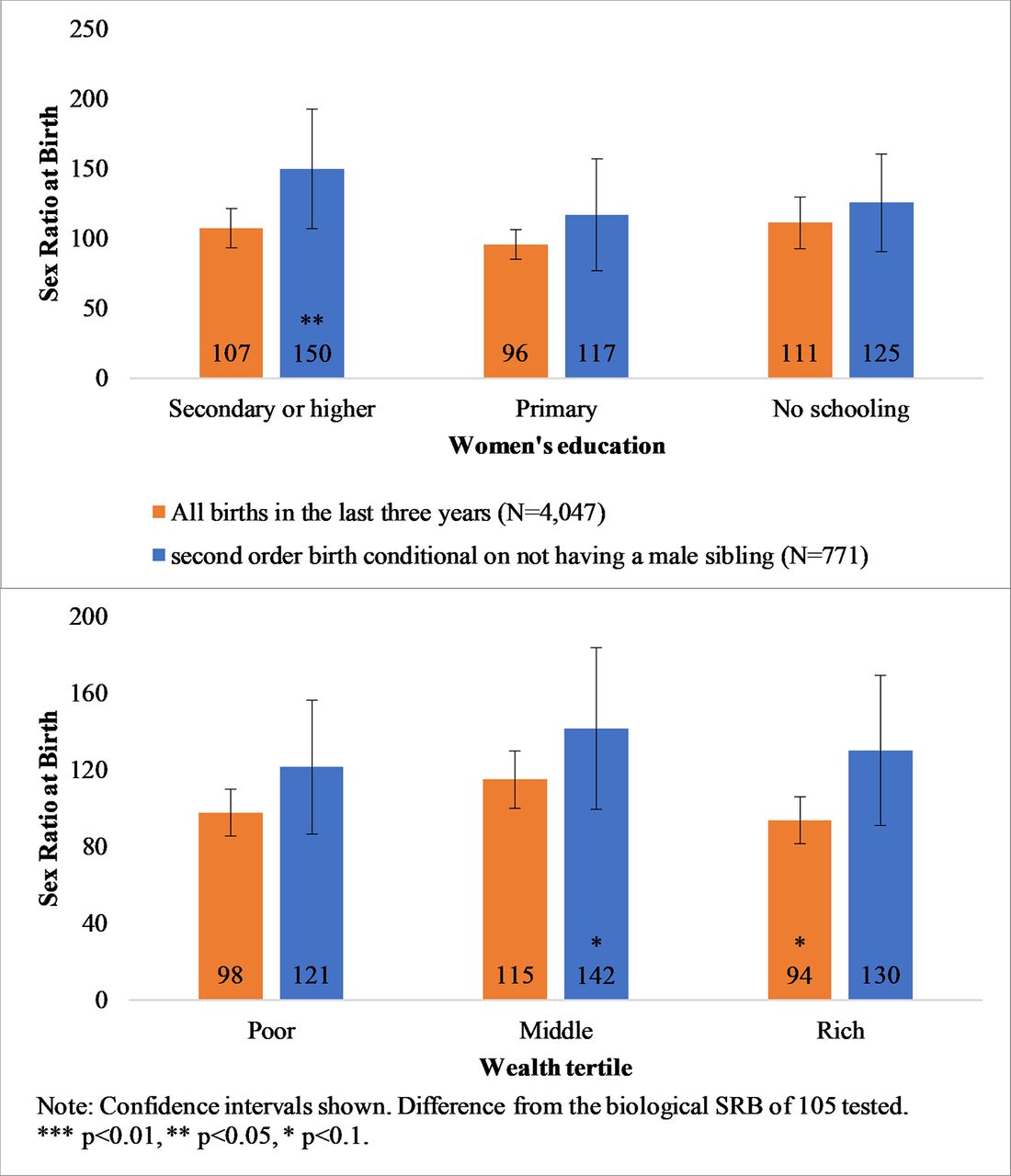
Determinants of imbalanced sex ratio at birth in Nepal: evidence from secondary analysis of a large hospital-based study and nationally-representative survey data | BMJ Open
Indian Gender Prediction Chart Nepal - ovulation signs
Gender, jobs and education: prospects and realities in Nepal - UNESCO Digital Library
Determinants of imbalanced sex ratio at birth in Nepal: evidence from secondary analysis of a large hospital-based study and nationally-representative survey data | BMJ Open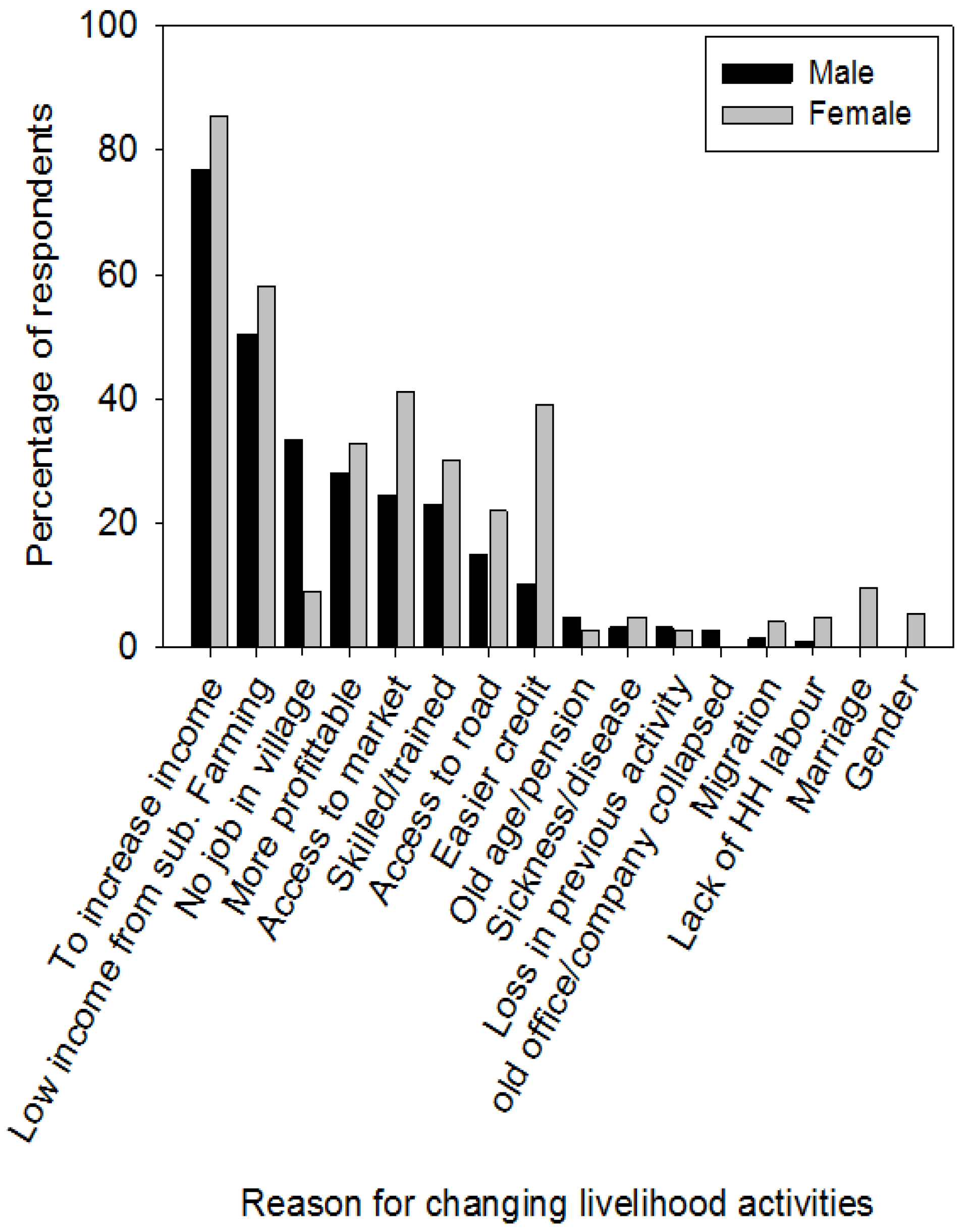
Sustainability | Free Full-Text | A Gender Analysis of Changing Livelihood Activities in the Rural Areas of Central Nepal | HTML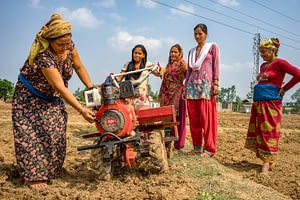
New publications: Gender differentiated small-scale farm mechanization in Nepal hills – CIMMYT
Chinese gender prediction chart: can it predict your baby's sex? - MadeForMums
Correlates of out-of-pocket spending on health in Nepal: implications for policy
Trans rights: Meet the face of Nepal's progressive 'third gender' movement | Working in development | The Guardian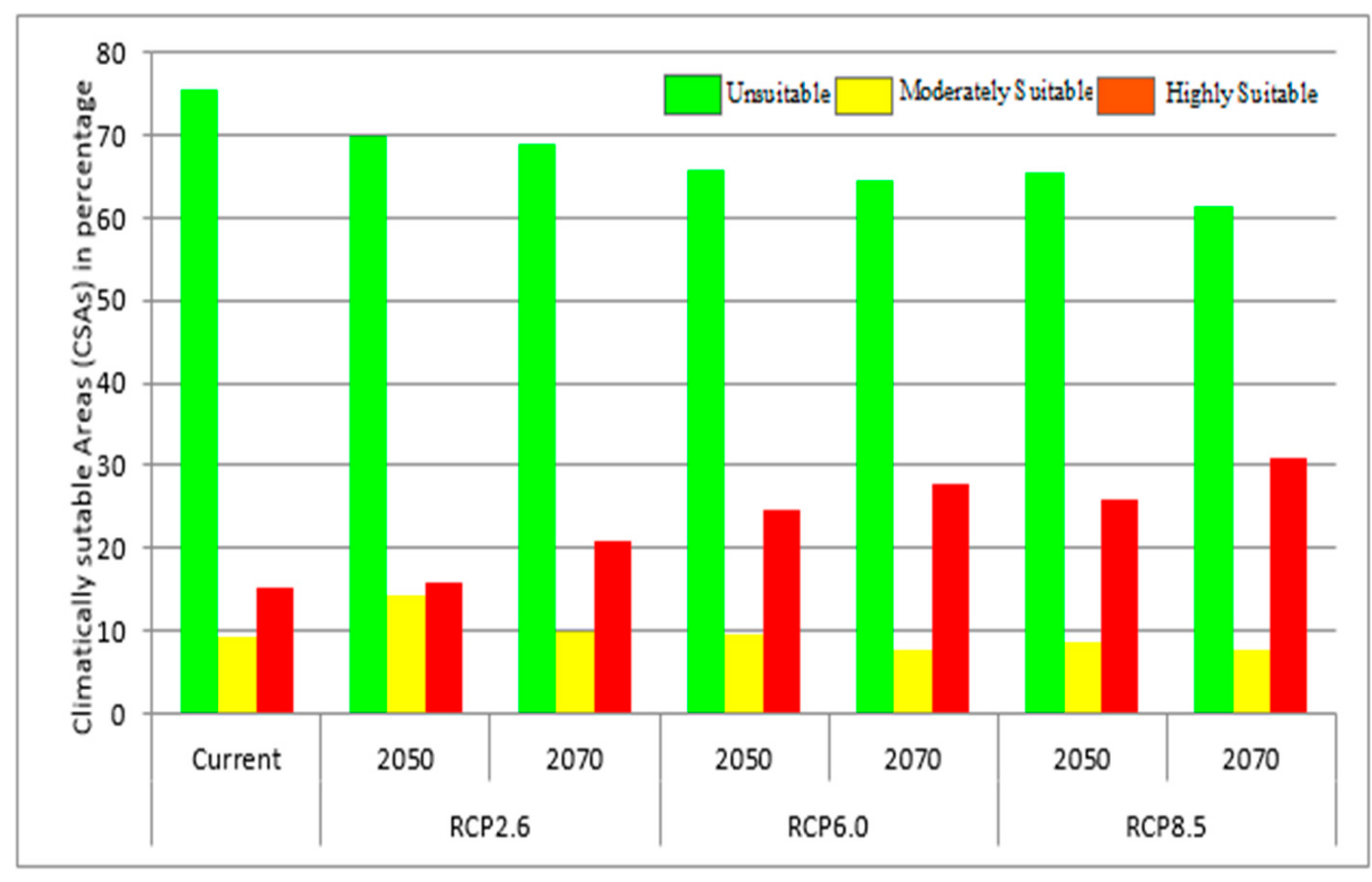
IJERPH | Free Full-Text | Present and Future of Dengue Fever in Nepal: Mapping Climatic Suitability by Ecological Niche Model | HTML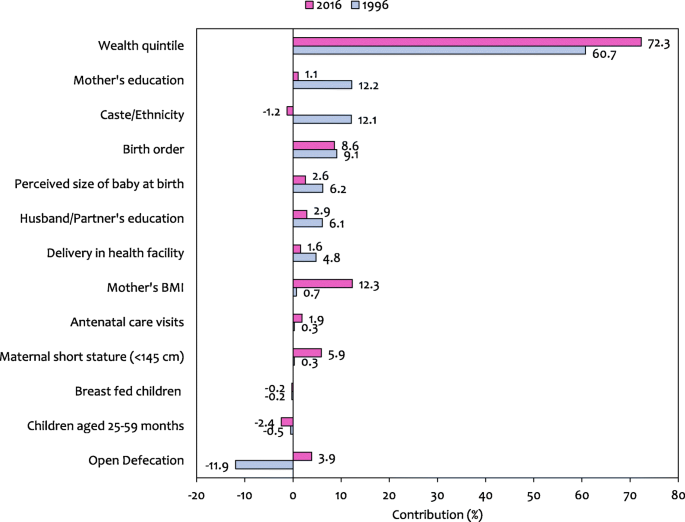
Trends and predictors of inequality in childhood stunting in Nepal from 1996 to 2016 | International Journal for Equity in Health | Full Text
Sustainability | Free Full-Text | A Gender Analysis of Changing Livelihood Activities in the Rural Areas of Central Nepal | HTML
Nepal Gender and Protection in Brief - Nepal | ReliefWeb
PDF) Prediction of Cardiovascular Disease in suburban population of 3 municipalities in Nepal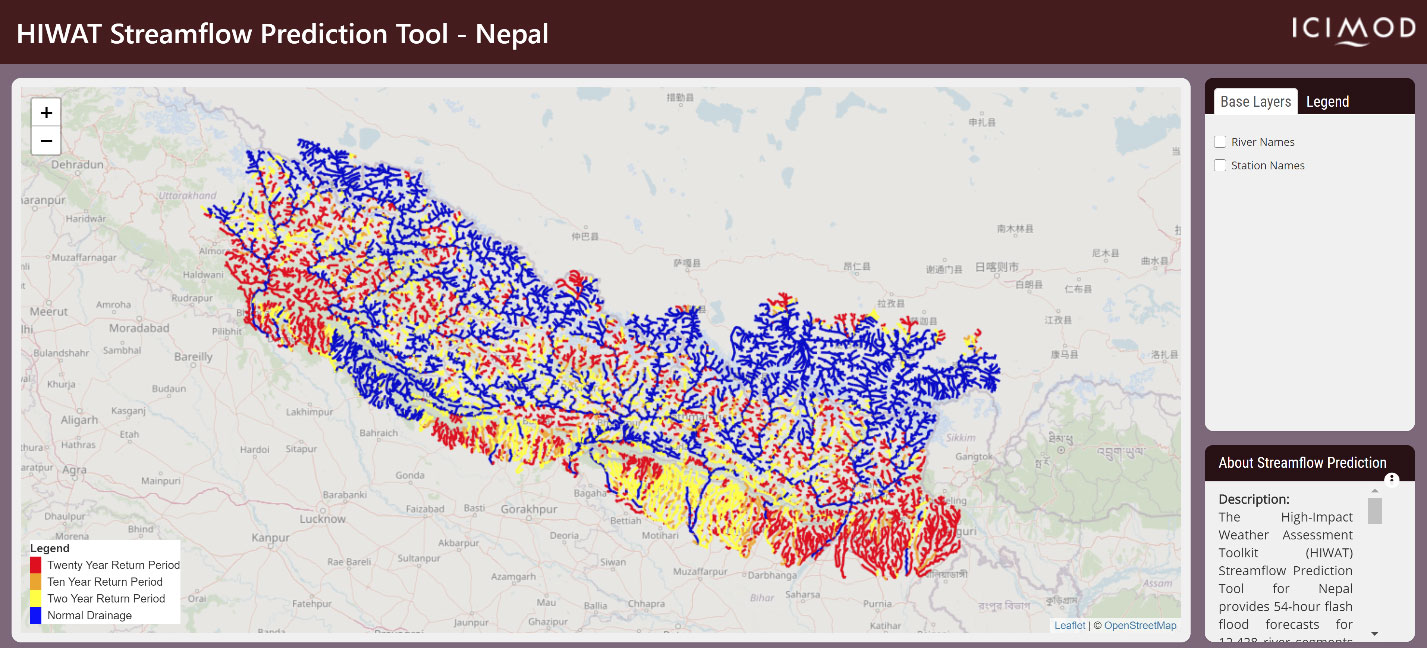
Streamflow prediction for flood warning and satellite-based inundation mapping for the HKH region - ICIMOD
41 Nepal ideas | baby calendar, chinese baby calendar, gender predictor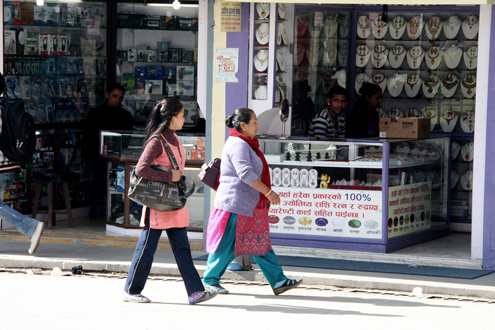
Report Shows Gender-Based Violence Prevalent in Nepal, But Gov. Response Improving | The Asia Foundation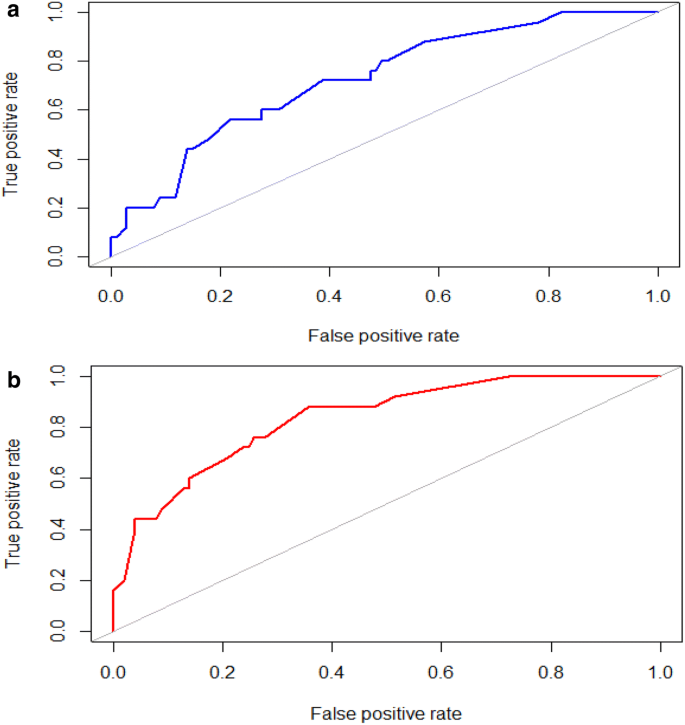
Predicting the risk of depression among adolescents in Nepal using a model developed in Brazil: the IDEA Project | SpringerLink
Does the Chinese Gender calendar really work?| Kya Chinese Gender calendar sach h? - YouTube
Amazon.com: Gender Predictor Test kit by GENDERmaker - Boy or Girl at Home Early Pregnancy Gender Test | Baby Gender Prediction Test: Health & Personal Care
Amazon.com: Gender Predictor Test kit by GENDERmaker - Boy or Girl at Home Early Pregnancy Gender Test | Baby Gender Prediction Test: Health & Personal Care
PDF) A Gender Analysis of Changing Livelihood Activities in the Rural Areas of Central Nepal
Gatifloxacin versus ceftriaxone for uncomplicated enteric fever in Nepal: an open-label, two-centre, randomised controlled trial - The Lancet Infectious Diseases
Gender Transformative Early Warning Systems.indd
A Comparison of American and Nepalese Children's Concepts of Freedom of Choice and Social Constraint - Chernyak - 2013 - Cognitive Science - Wiley Online Library
CMPO BULLETIN
Use of earth observation-derived hydrometeorological variables to model and predict rotavirus infection (MAL-ED): a multisite cohort study - The Lancet Planetary Health![Full text] Desire for prenatal gender disclosure among primigravidae in Enugu, Ni | PPA Full text] Desire for prenatal gender disclosure among primigravidae in Enugu, Ni | PPA](https://www.dovepress.com/cr_data/article_fulltext/s77000/77029/img/PPA-77029-T03.png)
Full text] Desire for prenatal gender disclosure among primigravidae in Enugu, Ni | PPA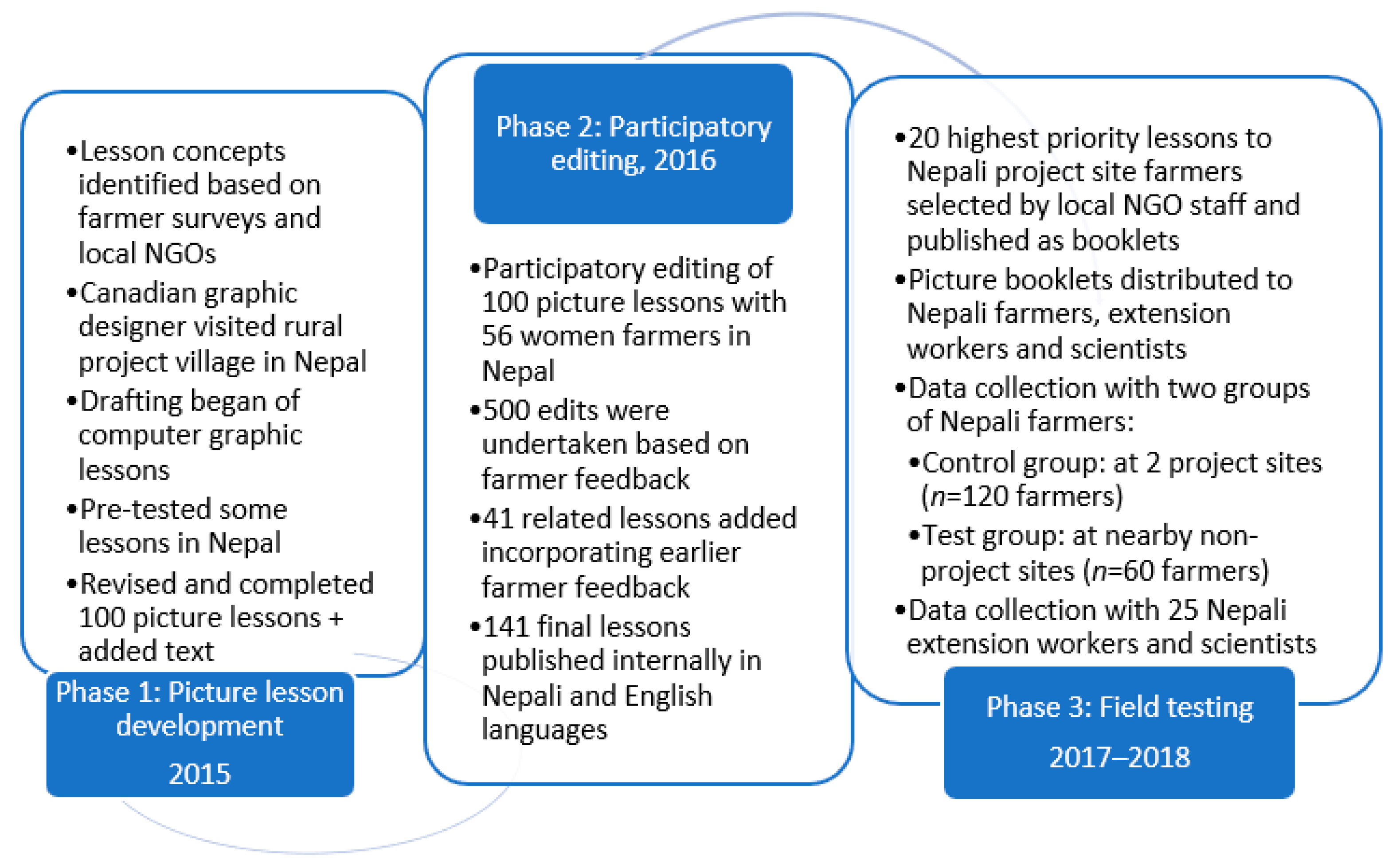
Sustainability | Free Full-Text | Evaluating the Effectiveness of Picture-Based Agricultural Extension Lessons Developed Using Participatory Testing and Editing with Smallholder Women Farmers in Nepal | HTML
Gender Transformative Early Warning Systems.indd
NEW IntelliGender 90% ACCURACY Gender Prediction test kit | eBay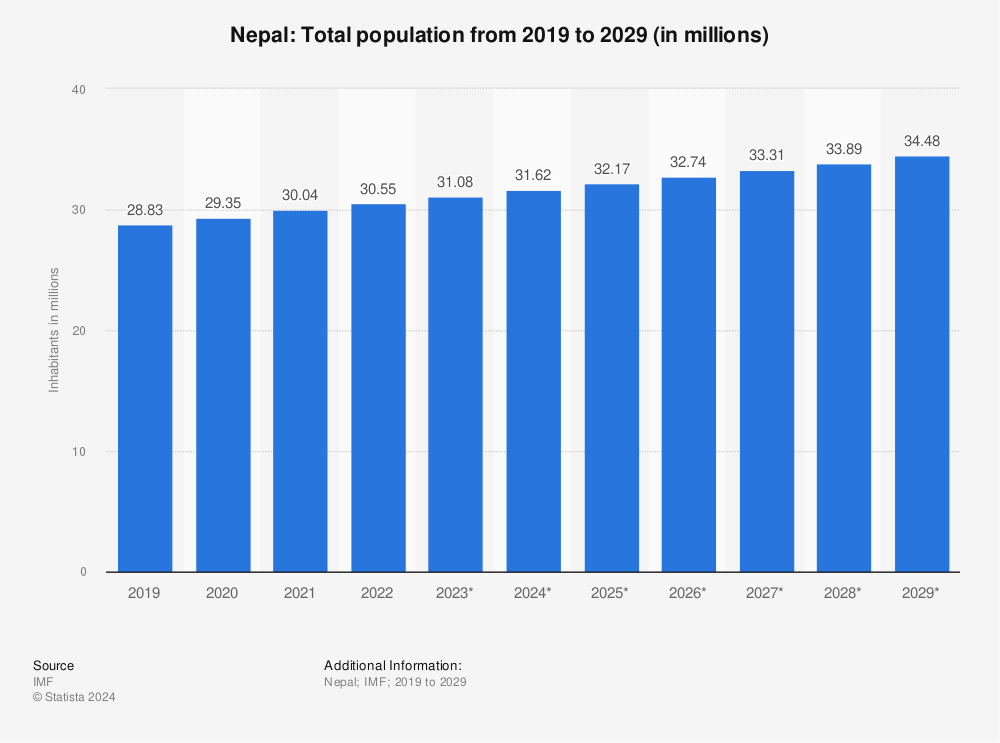
Nepal - Total population 2015-2025 | Statista
 41 Nepal ideas | baby calendar, chinese baby calendar, gender predictor
41 Nepal ideas | baby calendar, chinese baby calendar, gender predictor





























![Full text] Desire for prenatal gender disclosure among primigravidae in Enugu, Ni | PPA Full text] Desire for prenatal gender disclosure among primigravidae in Enugu, Ni | PPA](https://www.dovepress.com/cr_data/article_fulltext/s77000/77029/img/PPA-77029-T03.png)



Posting Komentar untuk "gender prediction in nepal"